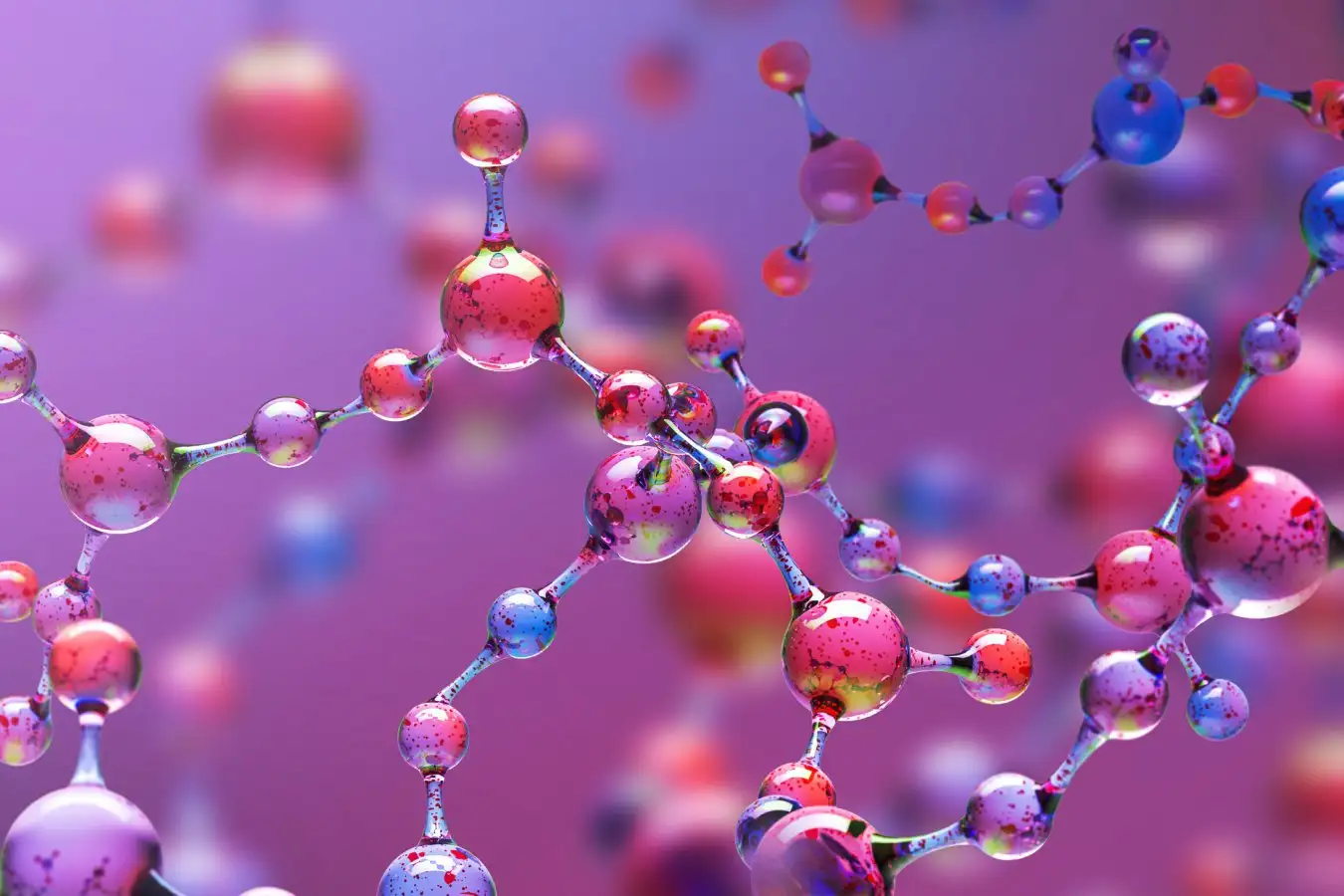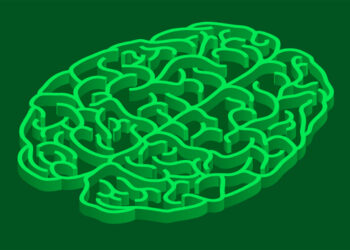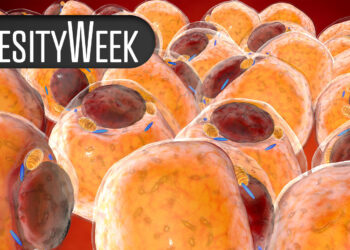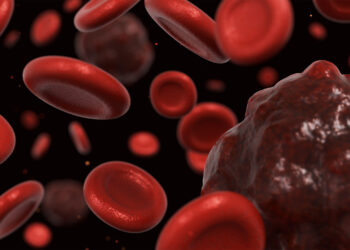
Molecules can be used for computing
Shutterstock/ImageFlow
A chemical computer made from a network of enzymes can perform a variety of tasks, like measuring temperatures or identifying substances, without needing to be rebuilt each time. This makes it more like an adaptive biological system than a digital circuit, and offers the promise of linking computers with biology.
Living organisms contain molecular networks that constantly integrate chemical and physical signals, such as when cells sense nutrients, hormones or temperature changes and adjust to stay alive. For decades, researchers have tried to mimic this in a variety of ways, such as building logic gates from DNA, but most of these artificial systems have been either too simple, too rigid or too difficult to scale.
Now, Wilhelm Huck at Radboud University in the Netherlands and his colleagues have taken a different approach. Instead of programming each chemical step, they built a system in which enzymes interact freely, creating complex behaviours that can learn to recognise patterns in chemical inputs.
The team’s computer uses seven different types of enzymes loaded onto tiny hydrogel beads packed inside a small tube. A liquid flows through this tube and can be injected with short chains of amino acids called peptides, which serve as the “input” for the computer. As the peptides pass the enzymes, each enzyme naturally tries to cut them at specific sites along the peptide chain. But once one enzyme makes a cut, the peptide’s shape and available cutting sites change, which can either open or block opportunities for the other enzymes.
Because one reaction can feed into the next, the enzymes create a constantly changing chemical network, producing distinctive patterns that the system can interpret. “We can think of the enzymes as … hardware and the peptides as software [that] solves new problems depending on the inputs,” says Dongyang Li at the California Institute of Technology, who wasn’t involved in the work.
For example, temperature affects how fast each enzyme works; at higher temperatures, some enzymes speed up more than others, shifting the mix of peptide fragments in the system’s output. By analysing these peptide fragments using a machine learning algorithm, the researchers could link these fragment patterns to specific temperatures.
Because different chemical reactions happen on various timescales, the system naturally retains a kind of “memory” of past signals, letting it recognise patterns that unfold over time. For example, it could tell the difference between fast and slow light pulses, meaning it isn’t just reacting to inputs, but also tracking how they change.
The result isn’t a static chemical circuit, but rather a dynamic, multitasking chemical computer that processes signals like a living system. “The same network handled multiple tasks – chemical classification, temperature sensing with ~1.3°C average error from 25°C-55°C, pH classification and even responding to light-pulse periodicity – without redesigning the chemistry,” says Li.
The researchers were surprised by how well the computer performed, given its small size, and Huck says he hopes a more advanced system could one day be used to translate optical or electrical signals directly into chemical ones, allowing it to respond in the way that living cells do. “We only used six or seven enzymes and six peptides,” he says. “Imagine what you can do with a hundred enzymes.”
Topics:
Source link : https://www.newscientist.com/article/2504058-chemical-computer-can-recognise-patterns-and-perform-multiple-tasks/?utm_campaign=RSS%7CNSNS&utm_source=NSNS&utm_medium=RSS&utm_content=home
Author :
Publish date : 2025-11-12 14:00:00
Copyright for syndicated content belongs to the linked Source.













